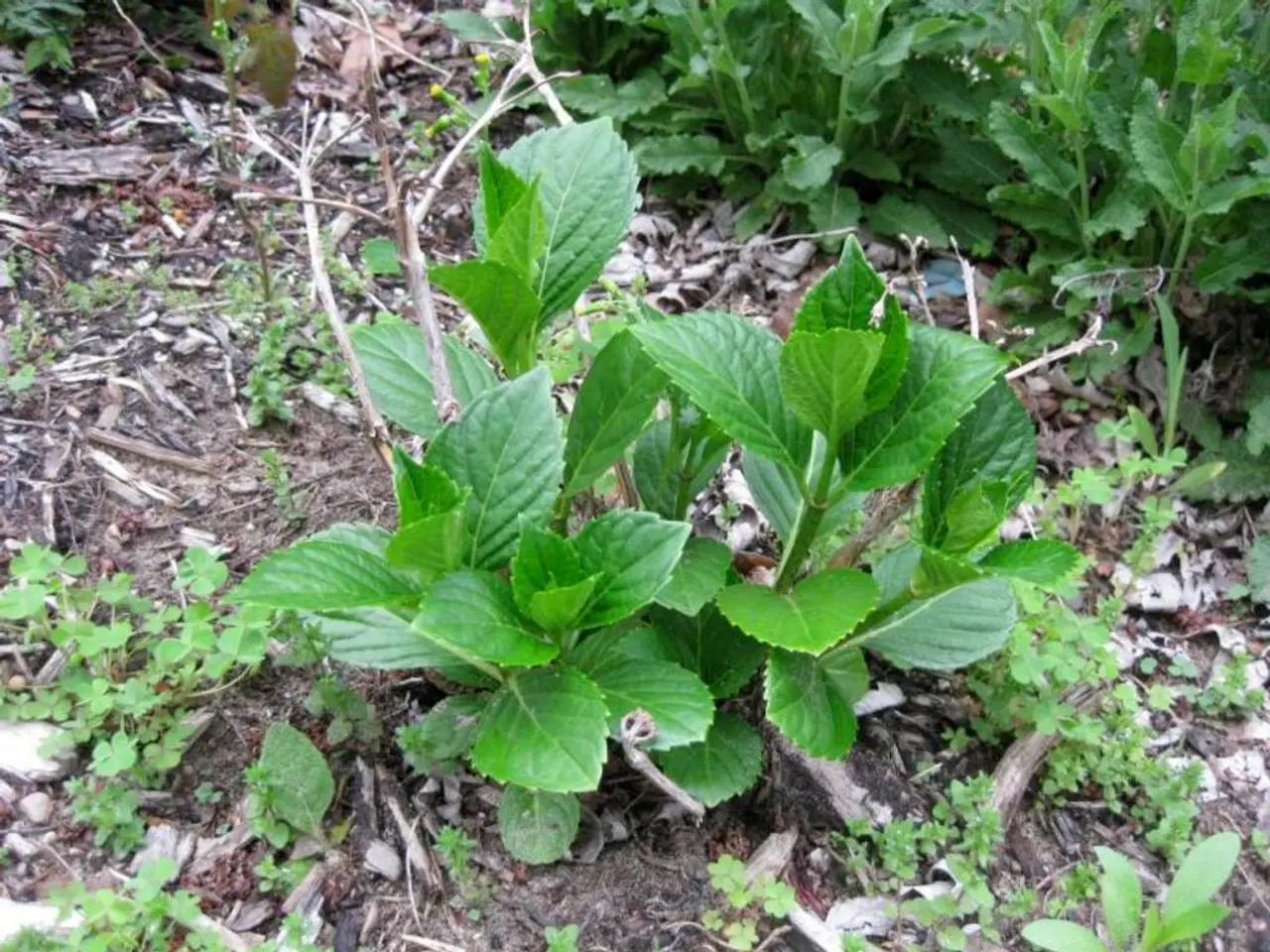Cultivating Sage Herb: Step-by-Step Guide with Additional Harvest Recommendations (5 Key Points)
Growing and Harvesting Sage: A Comprehensive Guide
Sage, a member of the mint family with grayish-green leaves and a strong aroma, is a hardy, drought-resistant plant that produces huge harvests and stunning leaves. Here's a guide to help you grow and harvest this versatile herb both indoors and outdoors.
Growing Sage
Light: Sage thrives in bright sunlight, needing at least 6 hours of direct sun daily. For indoor growing, place sage in a south-facing window to maximize light exposure.
Soil and Watering: Use well-draining soil to prevent root rot. Water established sage deeply but infrequently, allowing the top inch of soil to dry out between waterings. Mulching around the plant helps conserve moisture and suppress weeds outdoors. When growing sage indoors or in pots, use containers with good drainage and avoid overwatering.
Container Growing: When growing sage indoors or in pots, use containers with good drainage and avoid overwatering.
Pruning: Prune in spring by snipping the tops of the stems to encourage bushy, healthy growth and to prevent woodiness. Regular pruning helps keep the plant tidy and stimulates new shoots.
Propagation: Take cuttings in summer (July or August) on a mild morning for best hydration and success. Remove the bottom two-thirds of the stems before placing in water or soil to root.
Harvesting Sage
Timing: Harvest leaves in the morning after the dew evaporates but before the sun gets too hot. This timing ensures peak essential oil concentration and flavor.
Method: Use clean, sharp scissors or pinch off individual leaves. Harvest from the top, choosing younger leaves for milder flavor and older ones for stronger taste.
Quantity: Always leave at least two-thirds of the plant intact when harvesting to allow for healthy regrowth and ongoing harvests throughout the season.
Post-Harvest Care: After cutting, water the plant lightly and ensure it receives ample sunlight to recover quickly.
Drying Sage: To preserve sage, hang small bunches upside down in a warm, well-ventilated area. Store dried leaves in an airtight container for later use.
These practices apply to both indoor and outdoor sage cultivation, though outdoor plants may benefit additionally from mulching and natural airflow. Regular attention to pruning and harvesting keeps sage productive and flavorful year-round.
When it comes to pests, sage doesn't have too many problems, but watch out for aphids, spider mites, and whiteflies. If the plant is fully infested, remove it by securely bagging and putting it in the trash.
Sage prefers loamy, well-drained, and sandy soil with a pH between 6.5 and 7.0. It loves medium to full sun exposure and doesn't like too much water, requiring watering once or twice a week, keeping the soil at the moisture level of a wrung-out sponge.
In zones 5-8, sage grows as a hardy perennial, while in zones 9 and south, it is an annual. Plant sage in either spring or fall, with soil temperatures between 60° and 70° F.
The most common variety of sage used in the kitchen is sage or salvia. When watering newly planted sage seedlings, it is important to observe them carefully over the next two weeks.
Harvest sage fresh as it tastes best and doesn't store well. To get the richest concentration of oils in your harvest, harvest in the morning just after the dew has dried. Throughout the growing season, take two larger harvests to encourage a prolific plant.
Sage can be stored by freezing or drying the leaves. To dry sage, hang sprigs in a shady, dry room with stems towards the ceiling. To freeze sage, place individual leaves on a tray and freeze.
Sage's love for dryer climates means that the disease most common to it is mildew and stem rot. Avoid these diseases by not overwatering and properly spacing plants to improve air circulation.
Lifestyle: Embrace the home-and-garden lifestyle by growing sage, a versatile herb that can thrive both indoors and outdoors.
Gardening: Follow our comprehensive guide on growing and harvesting sage, which covers aspects such as light and soil requirements, pruning techniques, propagation methods, and harvesting tips, ensuring a productive and flavorful sage plant all year round.




